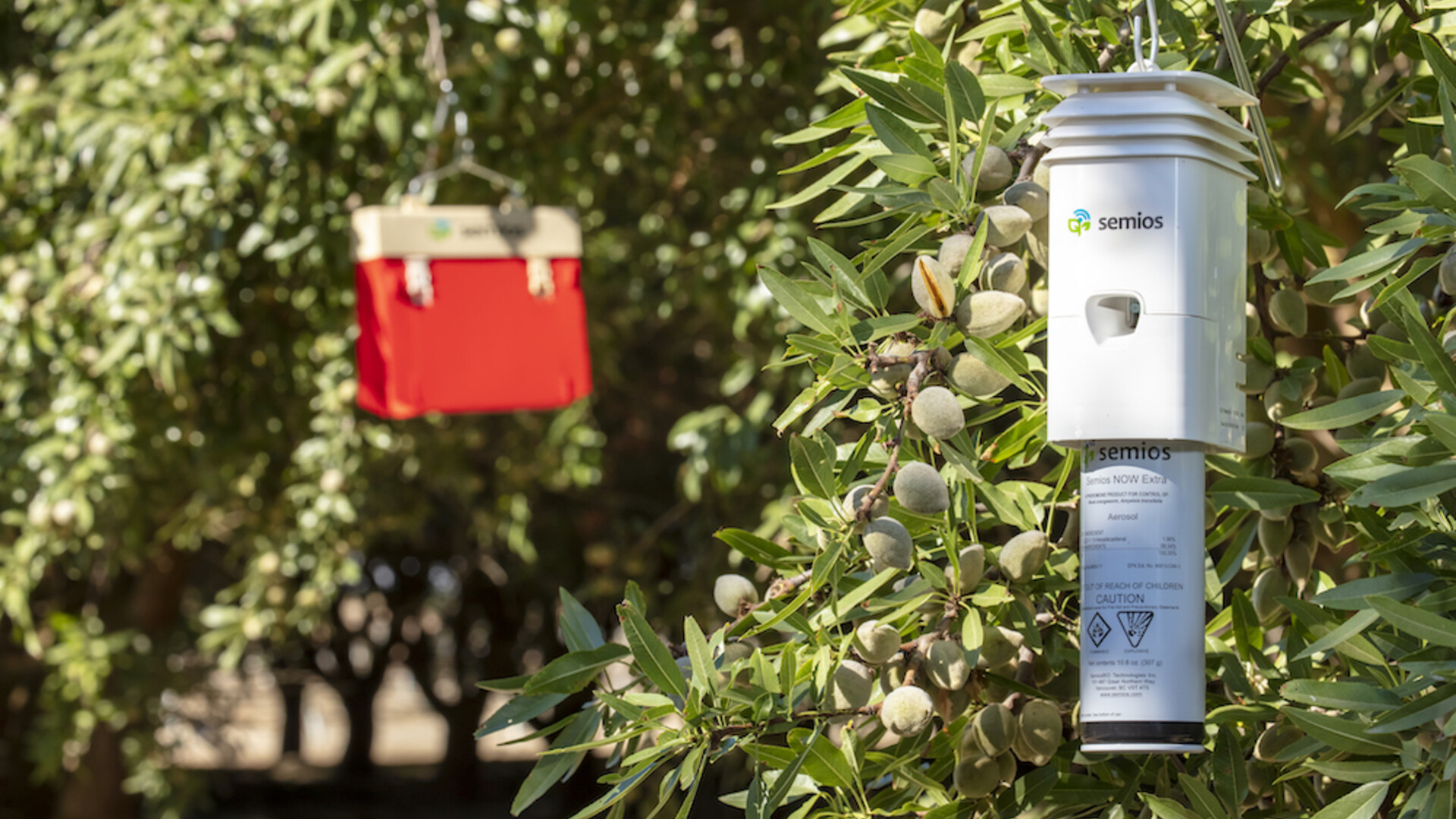Mating Disruption: The Break-Even Point
The break-even point of mating disruption for navel orangeworm. David Haviland is a UCANR Farm Advisor in Kern County, specializing in IPM entomology.“Now where's the break-even. So, what I've done here for all those studies is make a chart on break-even. What it showed is that in our 2017 study, if you did not use mating disruption and you had 0.83% damage, that was the breakeven,” Haviland said.
Haviland. Is talking about damage to those almonds on delivery to processing.
In our 2017 to 2018 studies, those nine sites I described the breakeven was 1% damage and again, that's 1% in the untreated check in the USDA grade number.
We asked Haviland what do all these numbers mean?
“So, if you're someone that didn't use mating disruption, okay, let's, let's ignore the research trials. Now let's talk about your fields,” Haviland explained. “If you had an almond orchard this year, and you did not use mating disruption, and if you had less than 1% damage in that orchard, if you had bought mating disruption, you would have lost money on the deal. Okay. What you paid for it, would have been less than what you made,” Haviland said.
If you had 1% damage in that orchard without mating disruption, you would have broken even by using mating disruption. And if you had more than 1% damage, you would have made money, had you invested in a mating disruption system in hindsight.
So, it comes down to talking to your pest control advisor and understanding how much damage you had last year.

















